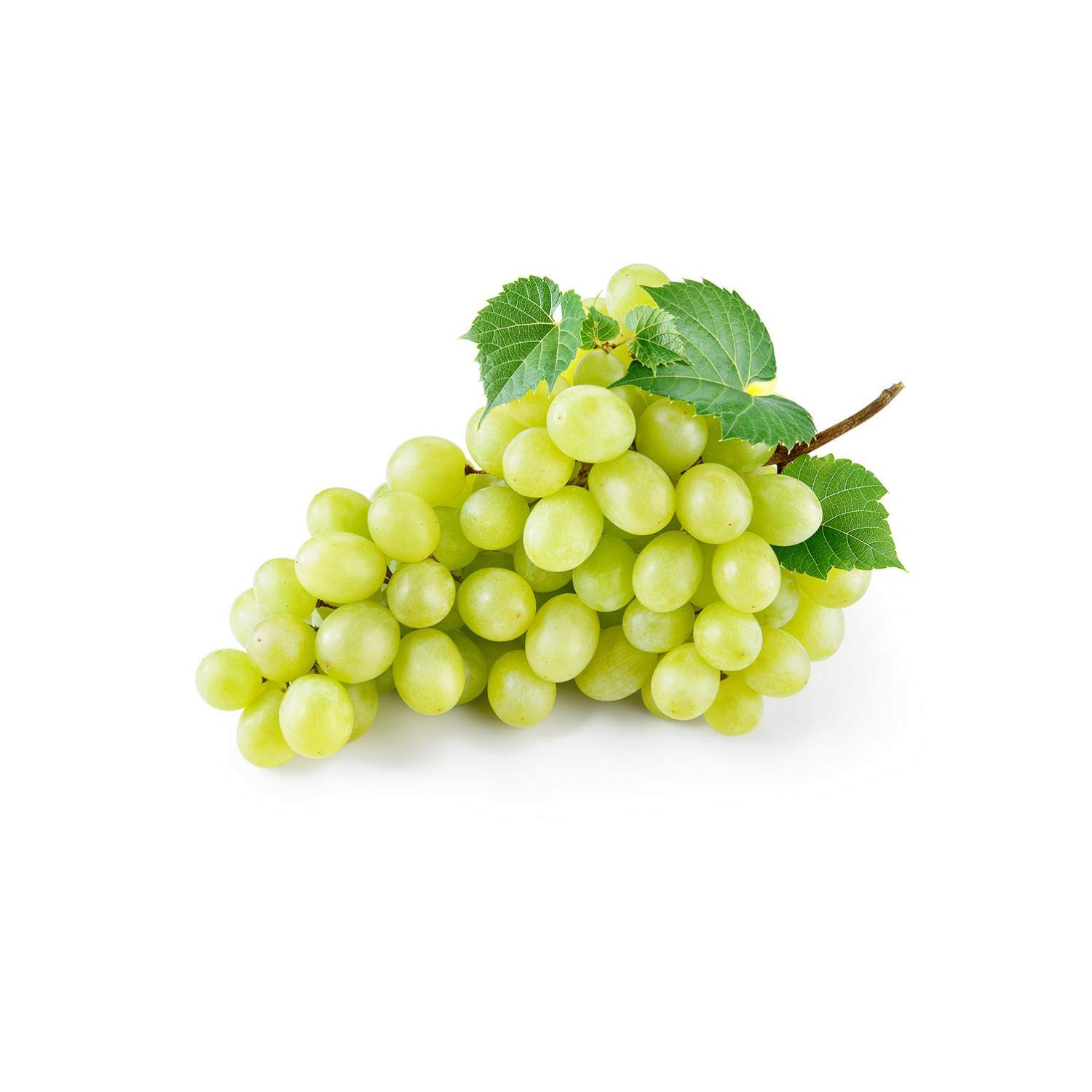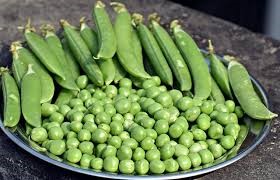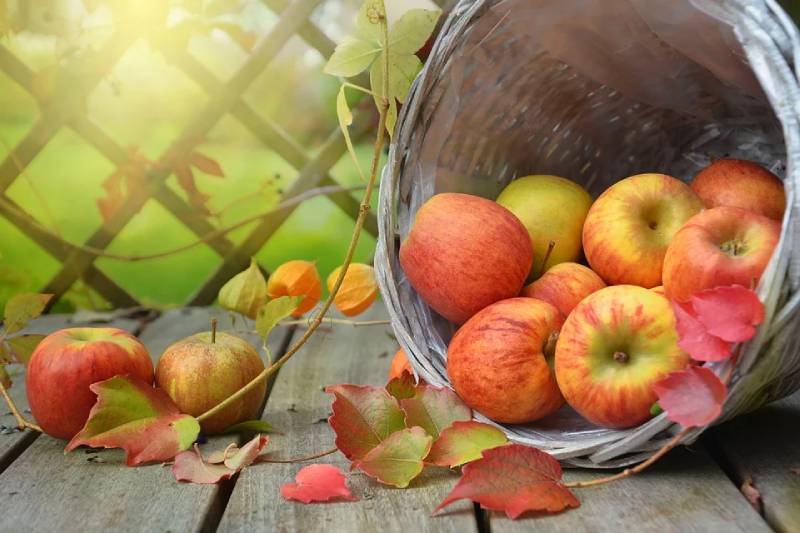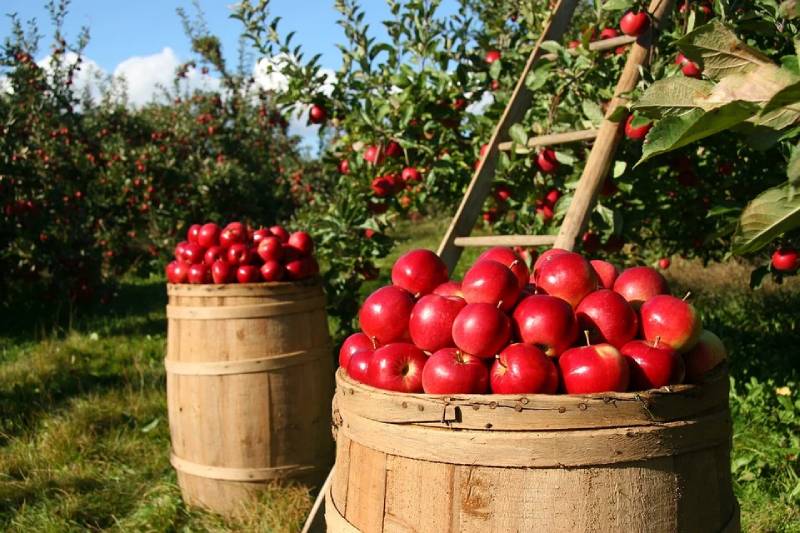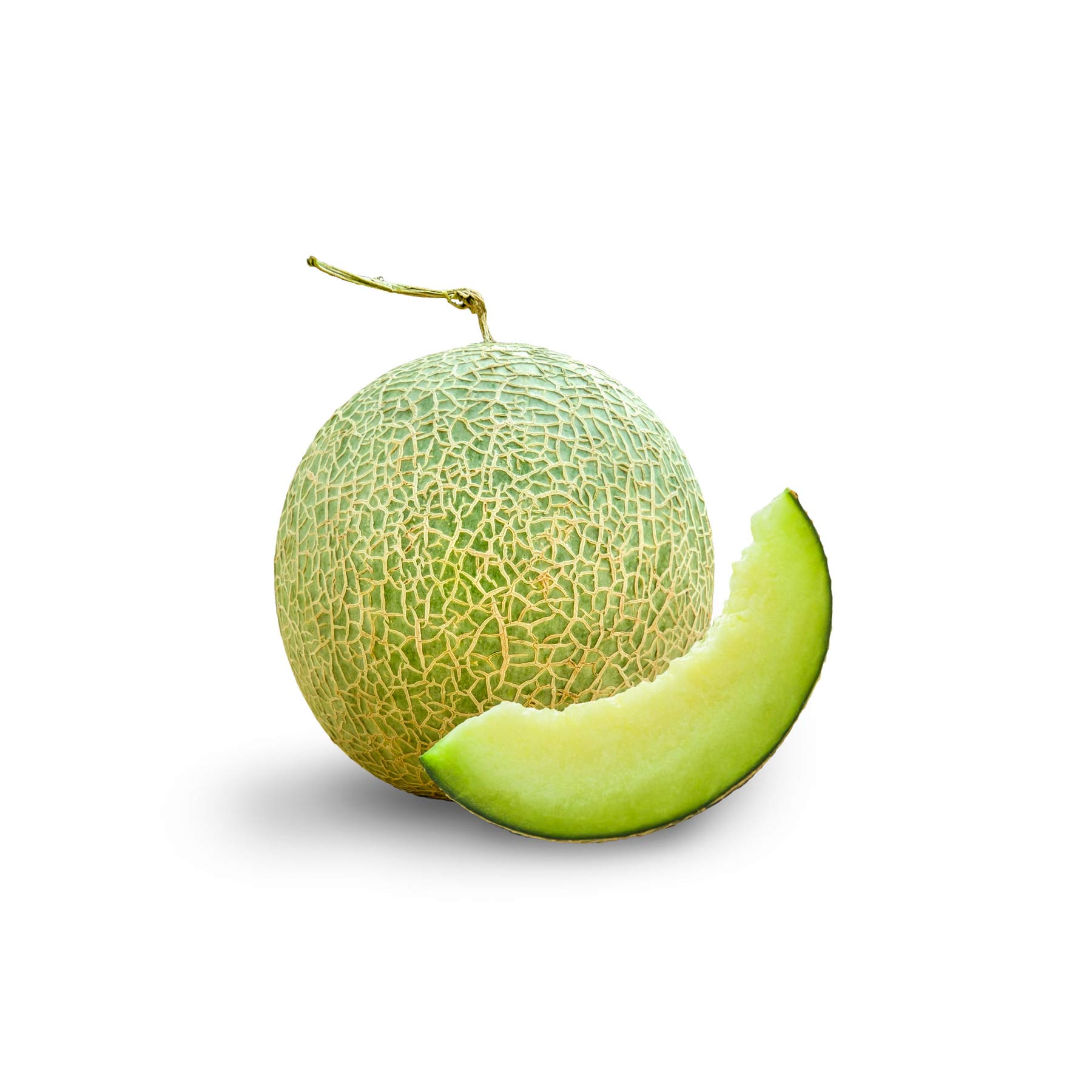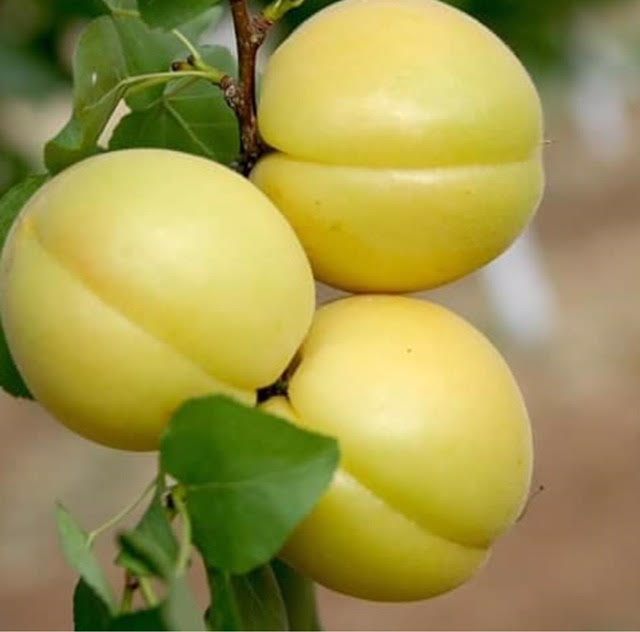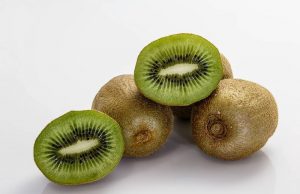The Nutrient-Packed Superfruit
Why Choose Green Grapes?
Green grapes are not only a delicious and refreshing snack but also a powerhouse of nutrients and health benefits. These bite-sized fruits are known for their crisp texture and sweet flavor, making them a popular choice for fruit salads, smoothies, and snacking. Whether enjoyed fresh, dried or as part of a dish, green grapes offer a delightful taste and numerous health advantages. This guide will explore the nutritional benefits, culinary uses, and tips for selecting and storing green grape, showcasing why they should be a staple in your diet.



Nutritional Benefits of Green Grapes
1. Rich in Vitamins and Antioxidants
Green grapes are an excellent source of essential vitamins, particularly vitamin C and vitamin K. A cup of green grape provides about 18% of the recommended daily intake of vitamin C, which plays a vital role in supporting the immune system, promoting skin health, and aiding in collagen production. Vitamin K is essential for blood clotting and bone health. Additionally, green grape are rich in antioxidants, such as flavonoids and resveratrol, which help combat oxidative stress and may reduce the risk of chronic diseases.
2. Hydration and Low in Calories
Green grapes have a high water content, making them a great choice for hydration. With about 81% water, they can help keep you hydrated, especially during hot weather. Plus, green grape are low in calories, with just about 104 calories per cup, making them an excellent option for those looking to maintain a healthy weight. Their natural sweetness makes them a satisfying alternative to high-calorie snacks.
3. Supports Heart Health
Consuming green grape may promote heart health due to their high levels of antioxidants and potassium. Potassium helps regulate blood pressure by balancing sodium levels in the body. The antioxidants in green grape can help reduce inflammation and lower cholesterol levels, contributing to overall cardiovascular health. Including green grape in your diet can be a delicious way to support heart health.
Culinary Uses of Green Grapes
1. Fresh Snacks and Desserts
Green grapes are perfect for snacking. Their sweet and juicy flavor makes them an ideal grab-and-go option for busy days. You can also freeze green grape for a cool, refreshing treat in the summer months. Consider serving them with cheese for a delightful appetizer or as part of a fruit platter.
2. In Salads and Salsas
Green grapes add a burst of sweetness and crunch to salads. Toss them into green salads for a refreshing contrast to bitter greens or combine them with nuts and cheese for a delicious and nutritious side dish. Green grape can also be chopped and mixed into salsas for a unique twist, pairing beautifully with savory ingredients.
3. Smoothies and Juices
Green grape blend seamlessly into smoothies and juices, adding natural sweetness without added sugar. Combine them with spinach, yogurt, or other fruits for a nutrient-packed drink. You can also use grape juice as a base for cocktails or mocktails, providing a refreshing and fruity flavor.
Choosing and Storing Green Grapes
1. Selecting Fresh Grapes
When choosing green grapes, look for firm, plump berries free of wrinkles or blemishes. The stems should be green and fresh, indicating the grapes are still fresh. Avoid grapes that are overly soft or have dark spots, as these may indicate overripeness.
2. Proper Storage Techniques
To keep green grape fresh, store them in the refrigerator in a breathable container. Avoid washing them until you’re ready to eat, as excess moisture can lead to mold. Properly stored grapes can last up to two weeks in the fridge.
3. Using Green Grapes in Recipes
Green grape are versatile and can be used in a variety of recipes, from salads and smoothies to desserts and savory dishes. Experiment with different combinations to discover your favorite ways to enjoy this delightful fruit.

